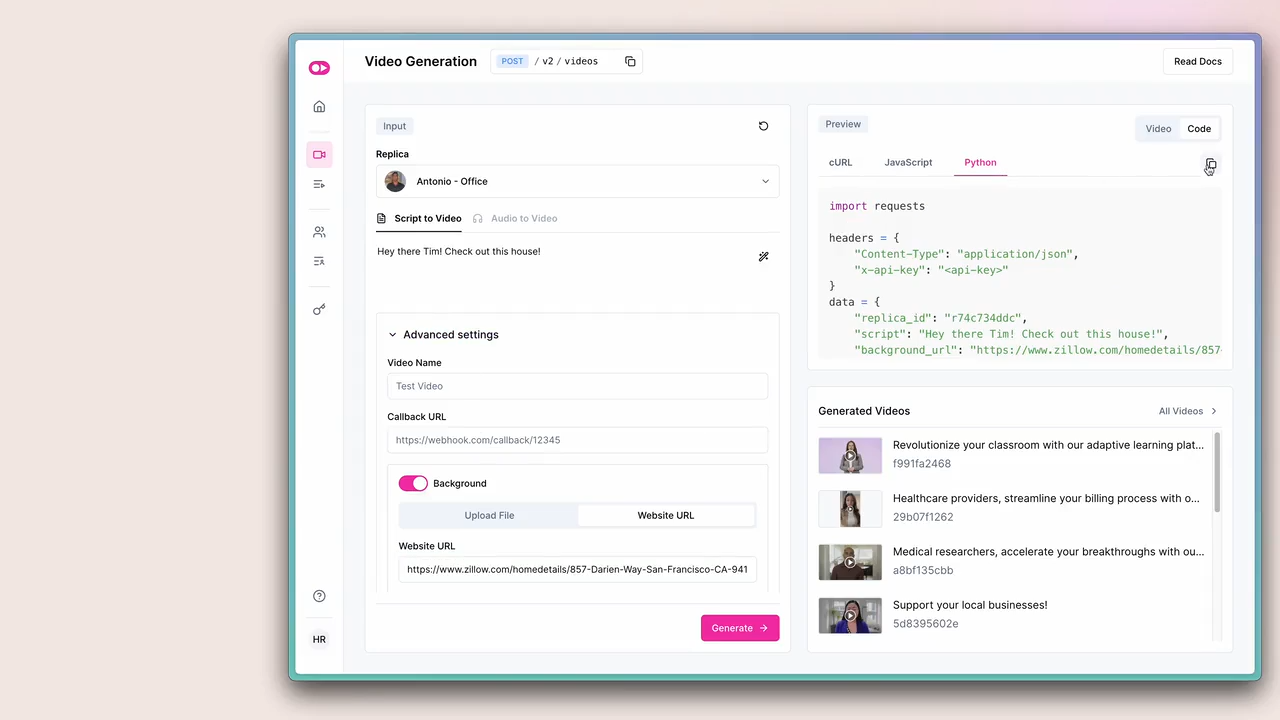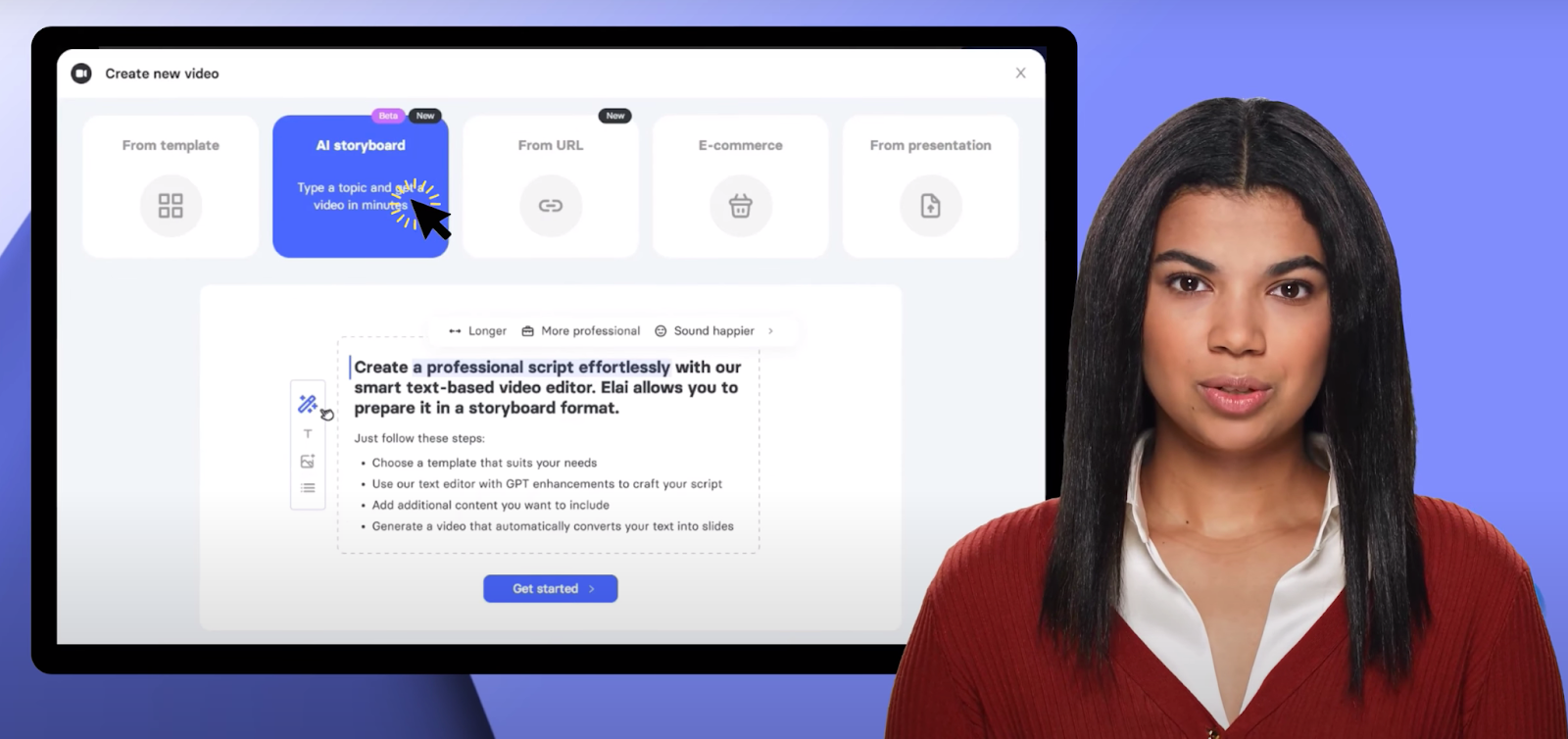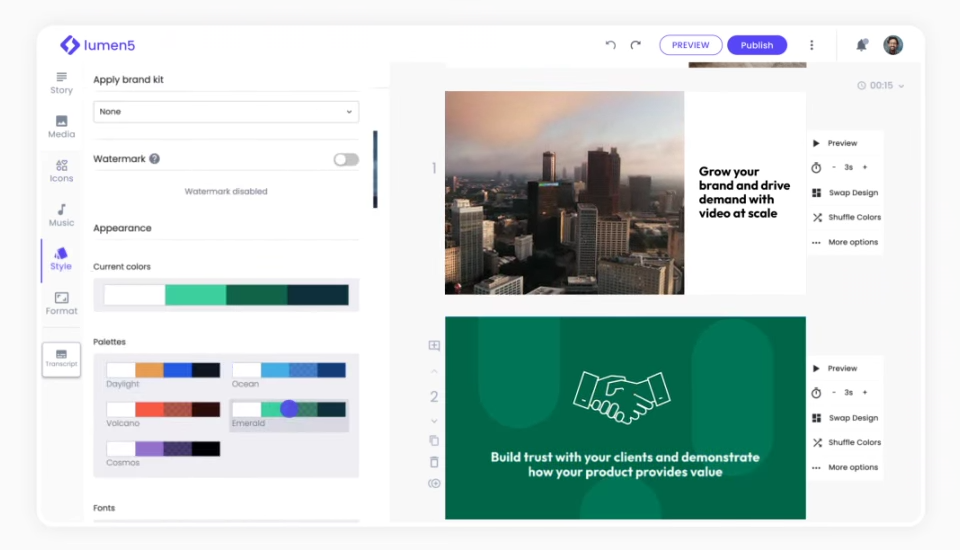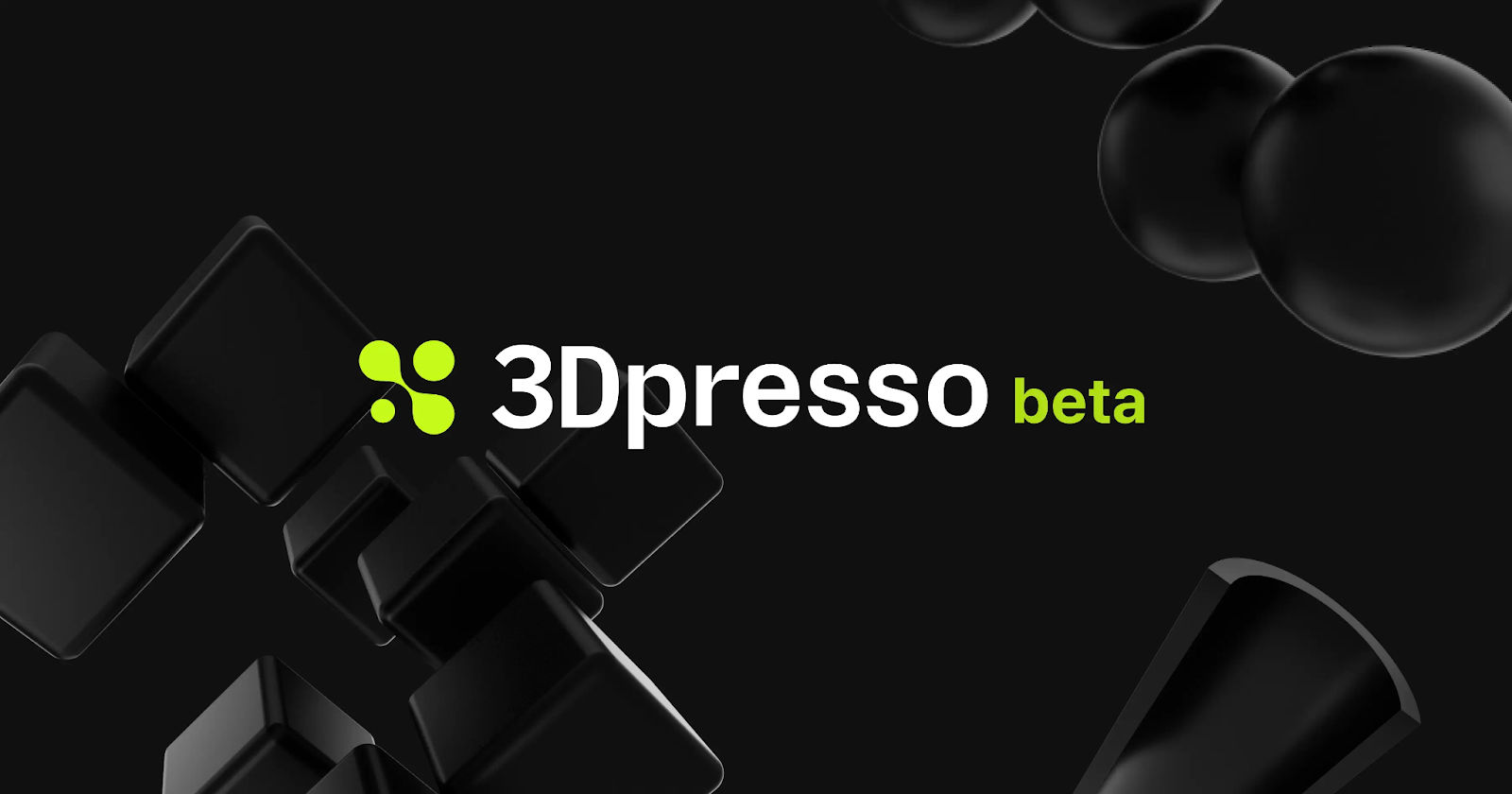All Posts
Luma AI Review & Alternatives [2024]


Luma AI is a tool that helps people create realistic 3D models for everything from games to marketing materials. But while great visuals are important, they need to be paired with effective ways to connect with customers.
In a recent survey, 52% of people said they feel less frustrated when they talk to a real person instead of a chatbot. This highlights the importance of pairing great content with a personalized customer experience.
So, is Luma AI the right tool for your business, or should you consider other AI APIs and tools that help your users generate AI video content? In this article, we’ll explore what Luma AI can do, and look at some alternatives that might offer a better balance between content creation and customer interaction.
Luma AI is a platform designed for 3D content creation, offering tools that allow users to generate 3D videos from text or image inputs. It caters to industries such as gaming, augmented reality (AR), virtual reality (VR), and digital marketing. Its Dream Machine allows users to input text prompts to generate short, realistic video clips.
Luma AI’s primary focus is on static 3D model creation, which might limit its application for businesses looking to integrate dynamic content into their customer engagement strategies. Let’s look at how Luma AI operates, the features it offers, and the potential limitations you should be aware of.
Luma AI works by taking text or photo inputs from a user and converting them into a 5-second 3D video. It captures the physical properties of objects, environments, and movements, then reconstructs them into a high-fidelity visual format that remains accurate from various perspectives.
Here’s a breakdown of what Luma AI provides:
Luma AI can be applied to different use cases like:
While Luma AI offers useful tools for generating 3D models, there are important limitations to consider, especially if your business needs extend beyond just content creation.
If your business needs to go beyond static 3D models and short video clips, you may need to explore alternatives that provide more versatile solutions. Let’s look at some alternatives that offer broader capabilities.

The Tavus Conversational Video Interface (CVI) is the best alternative to Luma AI for developers looking to build interactive, face‑to‑face AI video experiences at scale. While Luma AI focuses on static 3D models and brief video clips, Tavus lets you power real-time, humanlike conversations with AI humans that see, hear, and respond naturally—powered by Tavus human simulation models that perceive tone, facial expressions, and body language in the moment.
Whether your users are building for marketing, education, or customer service, Tavus helps you deliver dynamic video and live, personalized interactions that feel tailored to every viewer—far beyond what basic content creation tools offer.

Features:
Integrate Tavus into your platform today

Elai.io is a platform that allows users to create AI-generated videos with customizable digital avatars. It specializes in turning text-based content into educational video presentations. The platform is designed for businesses, educators, and marketers who want to produce training videos for teams or customers.

Features:

Lumen5 is a video creation platform that can transform text content into video presentations. It’s marketed towards marketers, content creators, and social media managers who want to produce video content without needing advanced video editing skills. Lumen5 uses AI to automate much of the video creation process.

Features:

Sora is a text-to-video generation model by OpenAI that can create highly realistic and dynamic video content from text inputs. Sora is designed to simulate the physical world in motion and generate videos that can depict scenes, characters, and environments with visual fidelity. However, Sora is still not publicly available, as it is still in testing phases.

Features:

3Dpresso is a platform that can create 3D models based on a video of a real-life object. It’s capable of changing the texture of the 3D model based on user prompts. The models can be saved and used in other mediums.

Features:
Let’s look at some frequently asked questions on Luma AI and alternative options.
Luma AI offers different pricing plans depending on the features required. While it does offer a free tier with limited capabilities, accessing the full advanced features requires a paid subscription.
For businesses looking for a more versatile alternative, Tavus offers competitive pricing—from a free tier for getting started to enterprise plans for high volume and advanced needs.
Developers can start generating AI videos for free by signing up for the Tavus platform, which offers a free plan. The free plan lets you try the core Video Generation and CVI capabilities. You can use Tavus’ stock AI humans, input a script, and let the platform handle the creation process. Integrating the Tavus APIs into your application involves a straightforward setup, giving you flexibility without upfront costs.
Tavus is the best AI video tool due to its ability to generate hyper‑realistic, customizable videos and power real‑time, humanlike conversations at scale. With the Conversational Video Interface (CVI), your users can interact face‑to‑face with AI humans that see, hear, and respond naturally—backed by real‑time perception (Raven‑0), intelligent turn‑taking (Sparrow‑0), and full‑face rendering (Phoenix‑3). Tavus provides a powerful, developer‑friendly way to bring personalized, interactive video into your applications.
Now that you’ve explored what Luma AI offers and its limitations, you're better equipped to decide which platform suits your development needs. Whether your focus is on generating 3D models or interactive video content, it’s important to choose a tool that offers high-quality and flexibility for user integration.
For developers seeking the best AI software, consider Tavus. Tavus’ Conversational Video Interface allows for seamless integration into your applications, enabling users to create lifelike AI humans with interactive capabilities. Unlike traditional content creation tools, Tavus combines real-time customization, high-quality rendering, and multilingual support—so your users can build dynamic video experiences at scale.